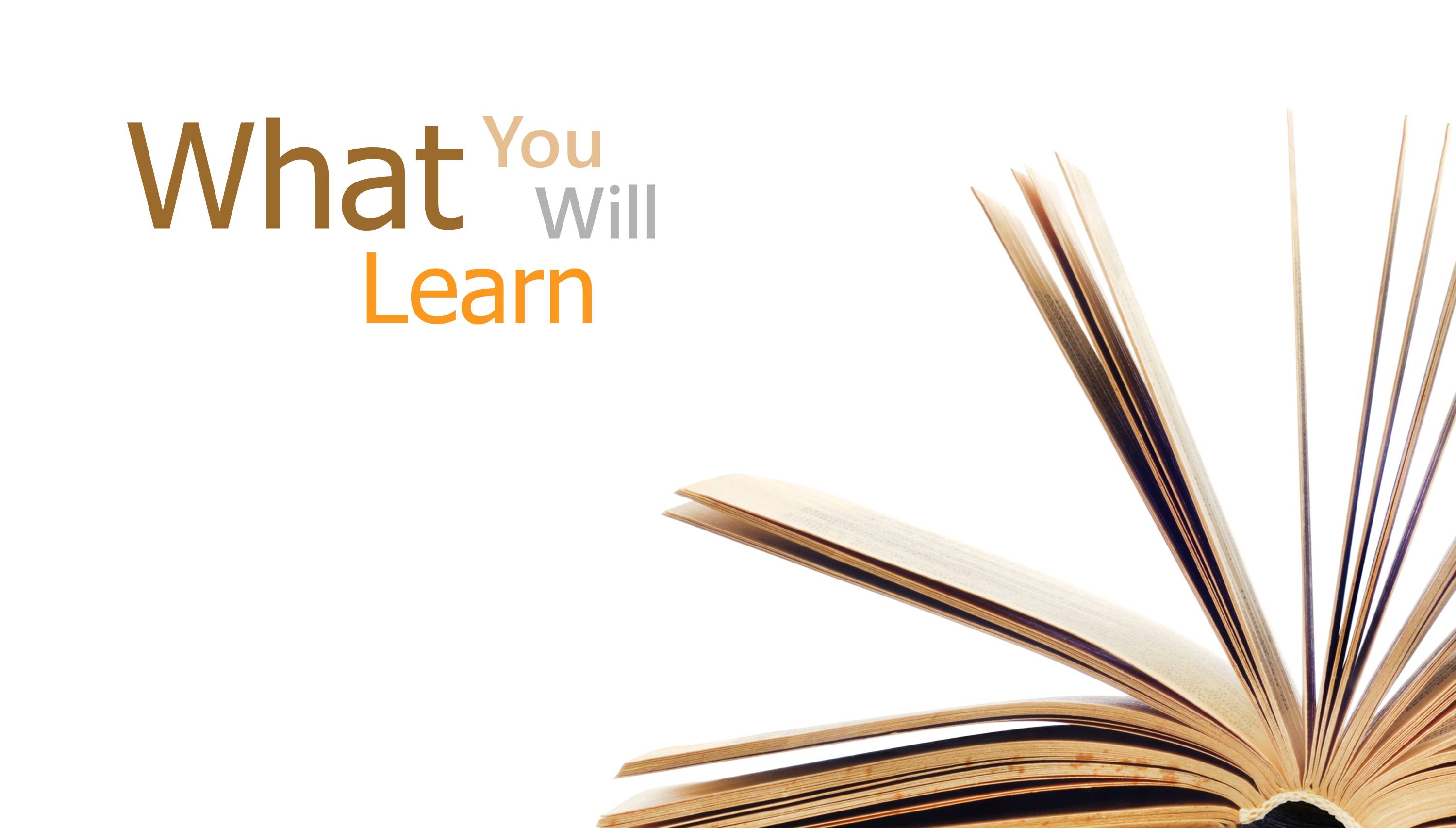
Writing Customer-Focused Letters
You’ve just drafted a reply to a frustrated customer, but something about the tone feels off. You re-read it, trying to sound professional without sounding cold and clear without sounding abrupt. In customer service writing, striking the right tone can be unexpectedly difficult. It’s not just about what you say, it’s how you say it. Even a well-intentioned message can fall flat if it doesn’t show that you’re listening and care.
Across sectors, communication shapes how customers view an organization. A poorly written letter can lead to confusion, damage trust, and make delivering services more difficult. With 80 percent of customers saying their experience matters as much as the product or service, organizations must ensure that every message reflects care, clarity, and professionalism. Clear and thoughtful communication is not just a courtesy; it’s essential to building trust and delivering consistent service.
This workshop gives you practical tools to strengthen your writing and respond with confidence. Through real-world examples, hands-on writing activities, and facilitator feedback, you’ll learn how to shape your message with purpose and empathy. You’ll explore techniques for improving tone, structure, and clarity, whether responding to a complaint, delivering a challenging message, or providing routine information.
You’ll leave the session with strategies for writing letters that reflect your organization’s values and build trust with your audience. You’ll also feel more confident responding to complaints, explaining decisions, and communicating clearly on behalf of your team.

- Recognize the importance of customer service letters and how they shape the overall customer experience.
- Structure letters that are clear, easy to follow, and focused on resolving issues effectively.
- Choose language and tone that sound professional, positive, and constructive.
- Respond to customer concerns with empathy and offer clear, practical solutions.
- Tailor your writing to reflect your organization’s voice and build customer trust.
- Handle sensitive messages, including refusals or complaints, with tact and professionalism.
- Edit and format your writing for clarity, accuracy, and impact.

This session is designed for anyone who writes directly to customers or the public, especially in roles where service, support, or resolution is part of the job. If your day includes replying to inquiries, clarifying decisions, or handling complaints, this workshop will help you write with greater ease and impact.
You should attend if you
- Find yourself second-guessing tone, clarity, or word choice when writing customer responses
- Want practical strategies to respond to complaints and questions in a way that reflects professionalism and care
- Are responsible for reviewing or editing letters written on behalf of your organization
- Train or support team members who write to customers and are looking for ways to model strong service writing
After this session, you will be able to write messages that are clear, respectful, and aligned with your organization’s values. You will feel more confident handling sensitive communication and supporting a positive customer experience through every letter you write.

This interactive session gives you time to explore how tone, clarity, and structure affect how your letters are received. Through discussion, hands-on practice, and feedback, you’ll revise real-world examples and test different approaches to improve professionalism, focus, and reader engagement. You’ll reflect on what makes a message feel helpful, respectful, and aligned with your organization’s voice.
You’ll also receive a workbook with checklists, writing tools, and examples to support your documents after the session.
Workshop activities include
- Evaluating real-life examples of letters for effectiveness, tone, and key elements
- Clarifying the reader’s required action in writing exercises
- Structuring sentences and paragraphs for clarity, flow and readability
- Formatting letters for visual appeal and ease of reading
- Group discussion and feedback on sample letters
- Creating a personal action plan


